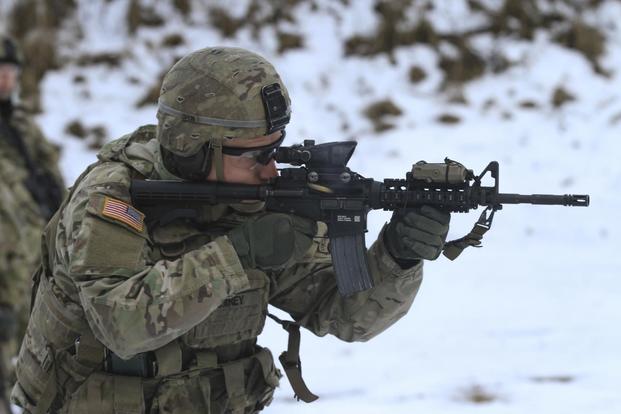The U.S. Army recently put out a reminder to soldiers on how to make sure their weapons continue to function when temperatures dip below freezing.
"Cold temperatures can greatly affect the maintenance, functioning and employment of infantry weapons," according to a Jan. 2 Army press release. "The Army will continue to operate in cold weather environments worldwide, so we must be able to maintain our weapons in any climate."
Condensation is a killer.
Also known as sweating, condensation forms on weapons when troops move them from freezing temperatures into a warm shelter. Taking weapons dripping with condensation back out into the cold will result in the internal mechanisms to freeze together, causing stoppages, the release states.
If possible, keep weapons outside during extreme cold weather. When left outside, weapons should be readily accessible, guarded and sheltered to keep ice and snow from accumulating in the working mechanisms, sights or barrel, according to the release.
If weapons must be kept inside a shelter, keeping them near the floor will reduce the chance of condensation. Keeping the inside temperature of the shelter close to 32 degrees Fahrenheit will also cut down on condensation, according to the release. Condensation will continue to form for about an hour after bringing weapons into a shelter, so wait until it stops before wiping weapons down.
Upon leaving the shelter, take a few minutes to pull the charging handle to the rear and drop the magazine several times to prevent parts from freezing, the release states.
Also, use "Lubricant, Arctic Weapon" on all weapons except the M249 squad automatic weapon and the M2 .50 caliber machine gun instead of Break-Free CLP which can thicken and cause weapons to operate sluggishly or jam, the release states.
What else? How do you keep your gear ready for cold-weather environments?
-- Matthew Cox can be reached at matthew.cox@military.com.










